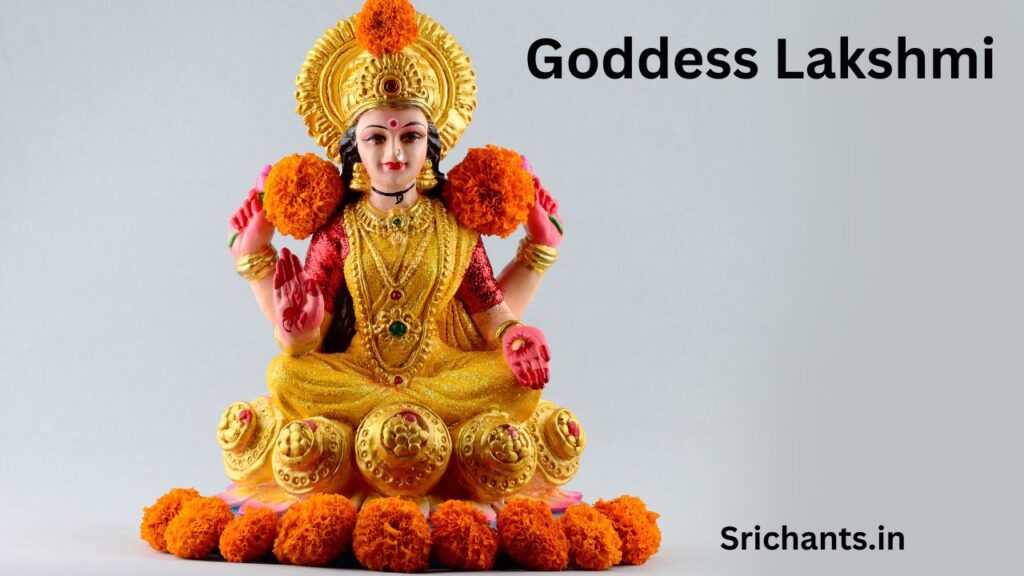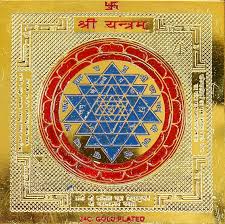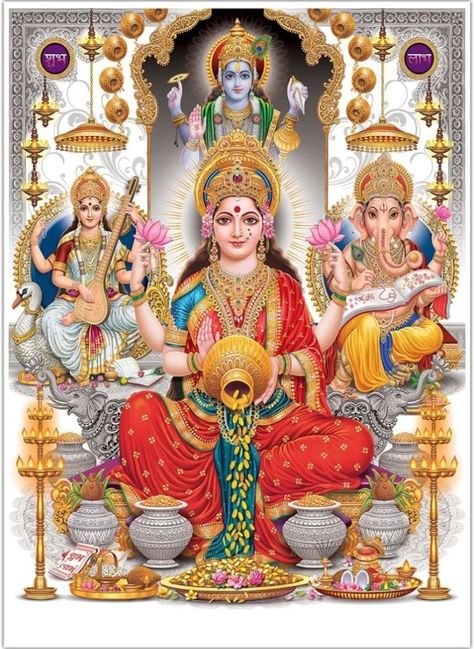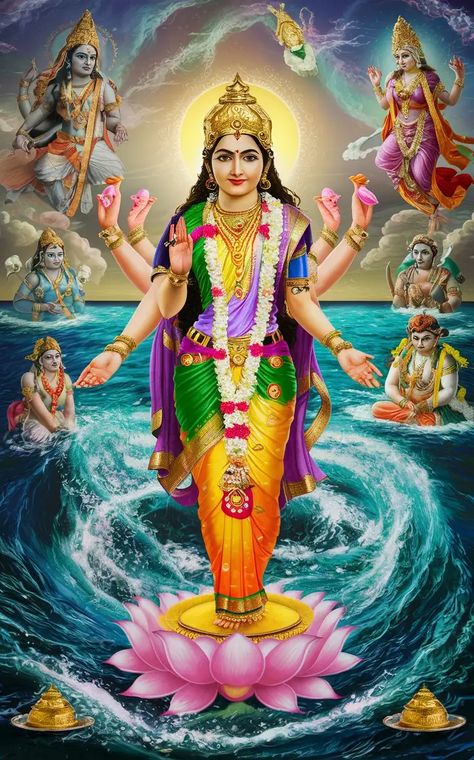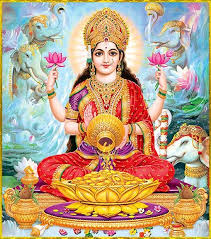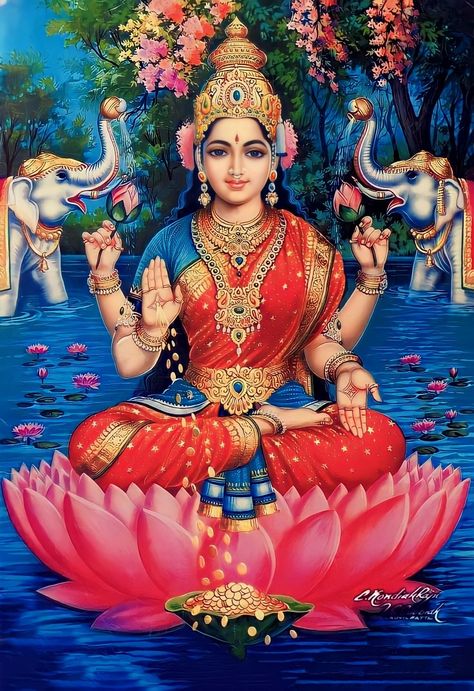Saraswati Swan : The Spiritual Significance
Introduction
Among the vast tapestry of Hindu mythology, the celestial figure of Goddess Saraswati is particularly regarded as a model of knowledge, intelligence, and the arts. Her famous image is intrinsically connected to the magnificent swan known as the Hamsa, her preferred transport or Vahana. Reflecting the several facets of the goddess and her function in the cosmic dance of creation, preservation, and enlightenment, this elegant avian friend has great symbolic significance.
The Cosmic Link: Saraswati and the Hamsa
Often shown as seated on a white swan, Saraswati, the goddess of learning, has great visual resonance in Hindu mythology. With their capacity to distinguish milk from water, the Hamsa represents the discriminative capability needed for the act of creation. One of the most important qualities of the divine creative force—which Saraswati personifies as the consort of Lord Brahma, the universe’s progenitor—is this ability for judgment.

The Symbolic Meaning of the Swan
Hindu philosophy has imbued the special qualities of the swan with great spiritual meaning. Its perfect of surviving in the material world free from being caught by its attachments and pollutants is its capacity to float smoothly on the water without getting its feathers wet. Moreover, the swan’s ability to soar great distances from the water’s surface emphasizes the requirement of a knowledge seeker transcending the worldly sphere and reaching spiritual emancipation.
The Discriminative Power of the Hamsa
The Hamsa’s great capacity to extract milk from a mixture of milk and water is maybe its most admired feature. This symbolic ability has been understood as the genuine and illusory distinction between the eternal and the transitory, the discrimination between Within Saraswati’s iconography, the swan’s discriminative power is interpreted as a metaphor for the goddess’s function in conferring the gift of real wisdom, therefore helping her followers to separate between the necessary and the superfluous.
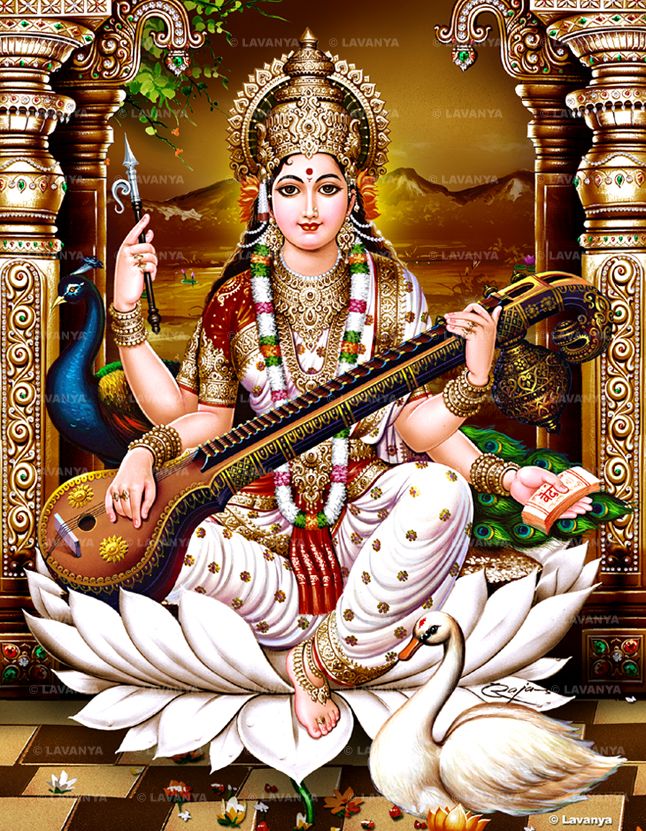
Knowledge’s Goddess and the Hamsa
Saraswati’s relationship with the Hamsa beyond the swan’s symbolic meaning alone. From the Sanskrit words “saras,” meaning “flow,” or “essence,” and “wati,” meaning “she who has,” the goddess’s very name, “Saraswati,” is derived Through its capacity to distinguish the pure from the impure, the Hamsa reflects Saraswati’s embodiment of the flow and substance of knowledge—which this etymology suggests.
The Purity and Detachment of Saraswati
The way Saraswati’s iconography emphasizes detachment and purity is unique. Wearing an immaculate white sari, the goddess rejects the elaborate trappings and outside decorations sometimes connected with other Hindu deities. This symbolic gesture emphasizes Saraswati’s emphasis on the inner domains of knowledge and wisdom instead of the attraction of financial success or outward beauty.

The Lotus and The Veena
Saraswati holds the Veena, a stringed musical instrument that represents the harmony and rhythm of the universe, in her palms. The Veena’s appearance in the goddess’s iconography reflects the divine link among knowledge, music, and the arts—all under Saraswati’s divine control. Furthermore symbolic of purity, transcendence, and the capacity to rise beyond the mud of earthly relationships is the lotus flower, upon which the goddess is usually seen seated.
The Seeker of Knowledge and the Hamsa
Beyond its connection with Saraswati, the symbolic meaning of the Hamsa is great for the desires and traits of the actual seeker of knowledge.
Authority and Discernment
One could find a model for the committed search of knowledge in the regulated schedule and relentless devotion to daily rhythms of the Hamsa. The student of wisdom must develop self-regulation and concentration to really absorb and remember the lessons, much as the swan keeps a regular timetable.
Versatility and Adaptability
The ability of the Hamsa to flourish in several surroundings—on land, in water, and in the heavens—defines the vast and unbounded character of actual knowledge. Like the Hamsa’s fluid movement between several media, the scholar who has descended into the depths of a topic is not limited to one field but may apply their knowledge across several spheres.
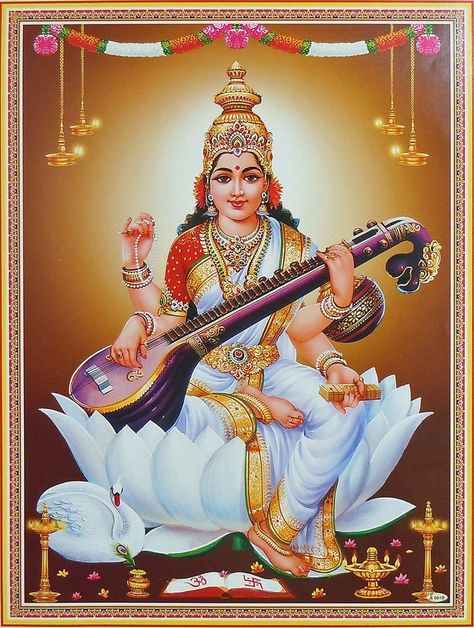
Accuracy and Self- Improvement
The Hamsa’s dislike of dirty or contaminated surroundings reflects the dedication of the seeker of knowledge to keep both in their physical surroundings and in their mental faculties a condition of cleanliness. Like the swan that painstakingly cleans itself, the committed student must always hone their knowledge by throwing aside false information and embracing the core of actual wisdom.
The Hamsa and the Peacock: Balancing Head and Heart
Saraswati is accompanied in various representations by the peacock and the Hamsa, both of which stand for different facets of the road towards illumination.
Peacock: Worldly Knowledge and Transmutation
With its vivid plumage and connection with pride and vanity, the peacock represents the seductions of the material world and the overwhelming appeal of earthly knowledge. But the peacock’s capacity to eat and absorb the venom of snakes without suffering marks the alchemical power to transform the bad into the good – a talent the search for actual wisdom has to develop.
The Juggling Act: Bringing Head and Heart Into Line
The Hamsa and the peacock that Saraswati’s iconography features point to the necessity of finding a careful equilibrium between the emotional, intuitive elements of the spiritual path and the rational search of knowledge. The peacock’s transforming qualities and the Hamsa’s discriminative powers represent the complimentary character of these two aspects, which the aspirant must reconcile to reach a state of whole illumination.

The Hamsa and River Goddess
Saraswati’s ancient roots as a river deity adds much more enrichment to her relationship with the Hamsa. Often accompanying her images are the flowing rivers that represent the always changing and renewing character of knowledge as well as the cleansing and purifying effects of the search of wisdom.
The River of Knowledge
Saraswati’s function as the goddess of wisdom is like a constant wellspring, filling the parched brains of her followers, much as a river runs constantly carrying with it the sustenance and regeneration necessary for life. The elegant motions of the Hamsa on the surface of the water reflect the smooth merging of the seeker with the knowledge river.
Purity and Transcendence
Often shown on Saraswati’s throne, the lotus blossom is a potent metaphor for the capacity to preserve purity and transcendence even as one is submerged in the churning seas of the material world. The true scholar is able to negotiate the complexity of life without being dragged down by the contaminants of ignorance or attachment, much as the lotus blossoms emerge pure from the dirt.
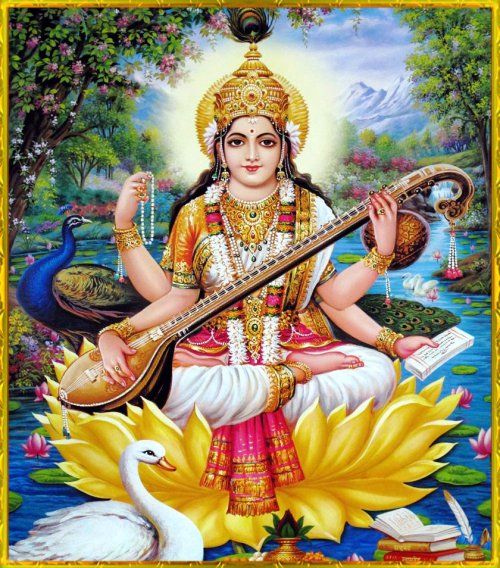
The Hamsa and the Vedas
Saraswati’s connection to the Vedas, the main Hindu holy books, supports her even more as the goddess of wisdom. From poetry and prose to music and spiritual insight, the four-armed portrayal of the goddess is thought to reflect the four Vedas — the Rigveda, Yajurveda, Samaveda, and Atharvaveda – which together span the great swath of human knowledge.
Discriminative power of the Vedas and the Hamsa
The famous capacity of the Hamsa to distinguish milk from water is considered as a metaphor for the discriminative power required to negotiate the depths of the Vedas. The real scholar has to be able to condense the great truths from the many scriptures, just as the swan can extract the essence of milk from a diluted mixture.
The Vedas and Search of Knowledge
As the fundamental writings of Hindu philosophy and spirituality, the Vedas reflect the height of human knowledge and the final goal of the seeker. Saraswati’s connection with these holy works and the symbolic importance of the Hamsa highlight her function as the ultimate patron and guide for people starting the road of education and enlightenment.
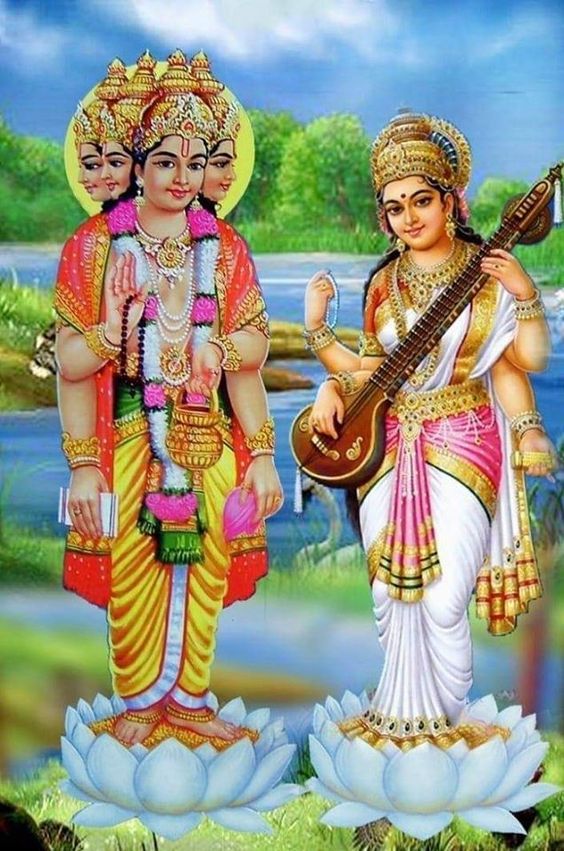
The Hamsa and the Concept of Parama Hamsa
Within Hinduism’s spiritual sphere, the word “Parama Hamsa” is quite important; it refers to a realized saint or sage who has transcended the cycle of birth and death and reached the greatest level of consciousness. .
Parama Hamsa and Hamsa Symbolism
One who has completely embodied the symbolic traits of the Hamsa—the capacity to distinguish the eternal from the ephemeral, to preserve purity and detachment even in the middle of the material world, and to soar easily between the domains of the physical and the spiritual—is the Parama Hamsa.
The Parames Hamsa and the Search for Brahman
Having discovered the ultimate truth of Brahman, the absolute divine essence, the Parama Hamsa—who reflects the disciplined and concentrated life of the Hamsa—are reported to be in a continuous state of meditation and contemplation. As the Parama Hamsa shows, the ultimate goal of the knowledge-seeking person is this condition of transcendence and inner peace.
Conclusion
Saraswati’s magnificent vahana, the Hamsa, is a beautiful tapestry of symbolism combining the goddess’s several duties as the vehicle of knowledge, wisdom, and the arts. From its discriminative powers to its depictions of purity, detachment, and spiritual transcendence, the swan occupies a treasured place in Hindu mythology and functions as a powerful metaphor for the path of the actual knowledge seeker. Examining the great relevance of the Hamsa invites us to imitate its qualities and aim for the ultimate fulfillment of the divine energy Saraswati personizes.
#saraswati #swan #saraswati #swan #saraswatiswan #birds

